Gold Tailings Reprocessing and Recovery Methods
With the rise in international gold prices, TuXingSun Mining’s technical team has identified gold tailings as a valuable secondary resource. By reprocessing and recovering these tailings, various useful components can be fully utilized, presenting significant market potential. Studies show that the reprocessing of gold tailings primarily involves the recovery of gold, associated non-ferrous and ferrous metals, and non-metallic minerals.
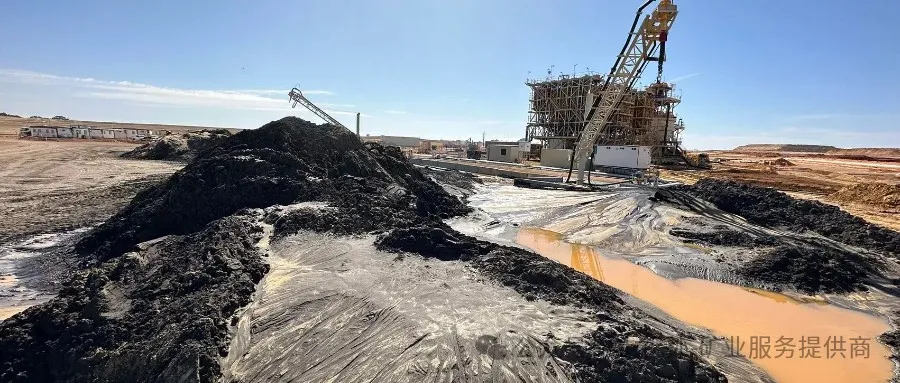
Gold Recovery from Tailings
In the early stages of mining development, the lower levels of beneficiation technology and equipment led to the production of large quantities of tailings, which often still contain valuable gold. The average gold grade in these tailings exceeds 0.3 g/ton, with some even surpassing 0.5 g/ton, indicating a high potential for gold recovery. Modern technologies, including flotation and cyanide leaching, have matured, making it feasible to efficiently extract gold from these tailings while also reducing environmental pollution.
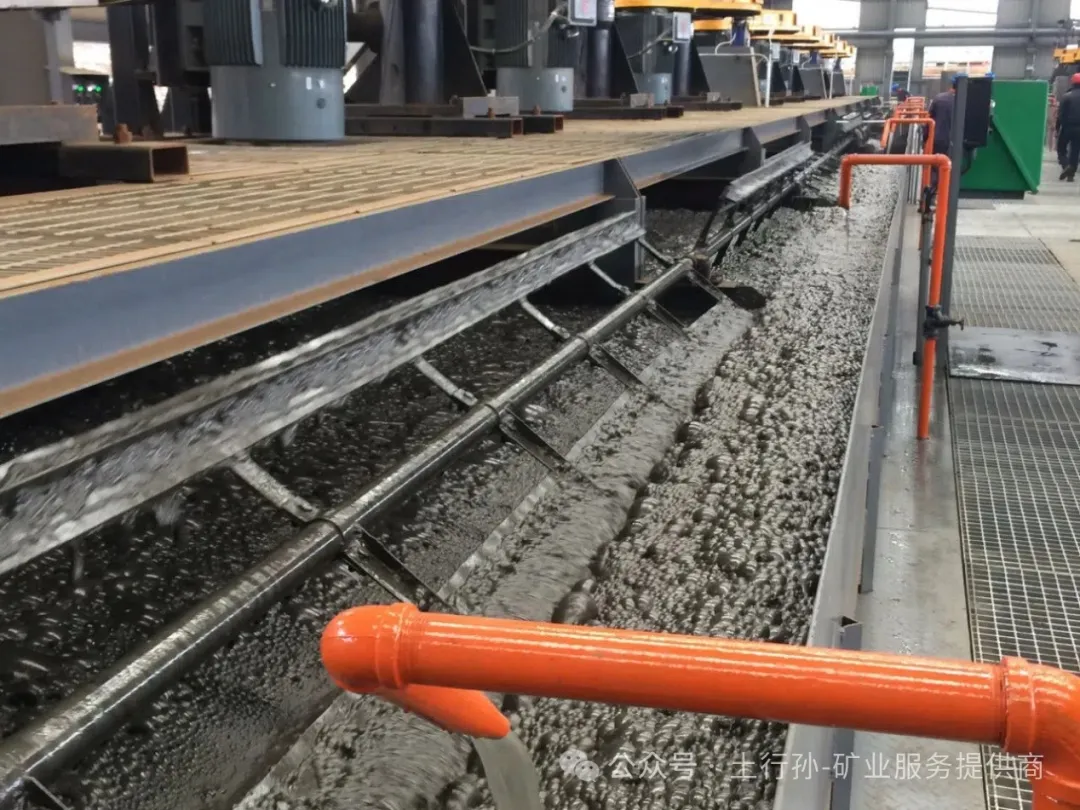
Gold Tailings Flotation
Flotation has become an effective method for recovering fine-grained and ultra-fine-grained minerals from tailings. It is especially effective for tailings with good floatability. To ensure the full liberation of gold-bearing minerals, tailings are often reground to achieve -200 mesh, with around 70-80% passing. This process enhances gold recovery rates and suppresses interference from associated minerals. The TuXingSun team has successfully applied selective collectors, such as butyl xanthate, butyl ammonium black medicine, and isopropyl xanthate, combined with activators like copper sulfate and pH adjusters (sulfuric acid), to produce high-grade gold concentrates.
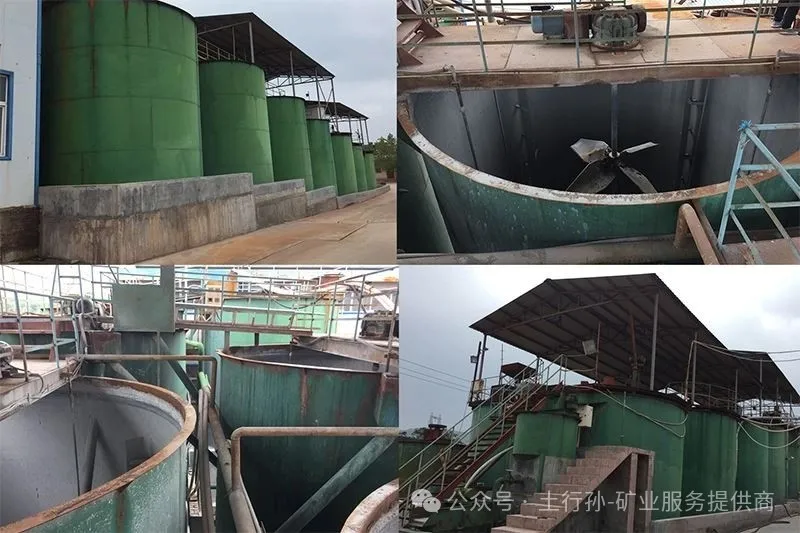
Cyanide Leaching of Gold Tailings
When flotation proves insufficient, cyanide leaching is a viable option for recovering gold from finely-ground and well-liberated tailings. In this process, gold is dissolved in a sodium cyanide solution, then absorbed by activated carbon and extracted through electrolysis. Heap leaching, a cost-effective method, is also applied depending on the tailings' characteristics. These techniques not only improve gold recovery rates but also minimize environmental impact.
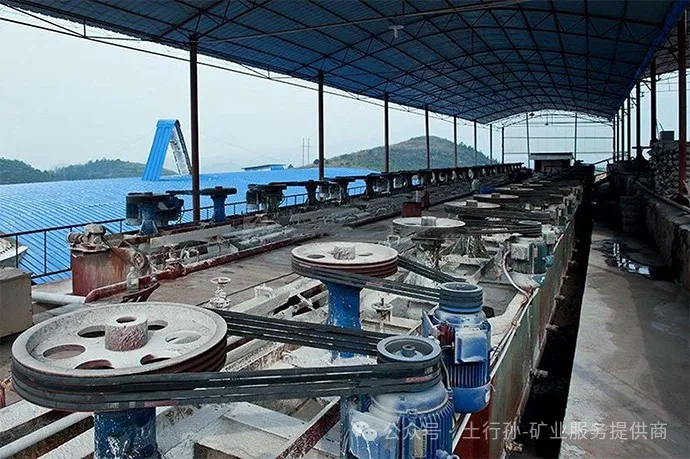
Recovery of Non-Ferrous and Ferrous Metals
Gold tailings often contain valuable associated metals like copper (Cu), lead (Pb), zinc (Zn), iron (Fe), and sulfur (S). The TuXingSun technical team has found that copper content exceeds 0.1%, lead over 1%, and zinc over 0.5% in these tailings, making them suitable for comprehensive recovery.
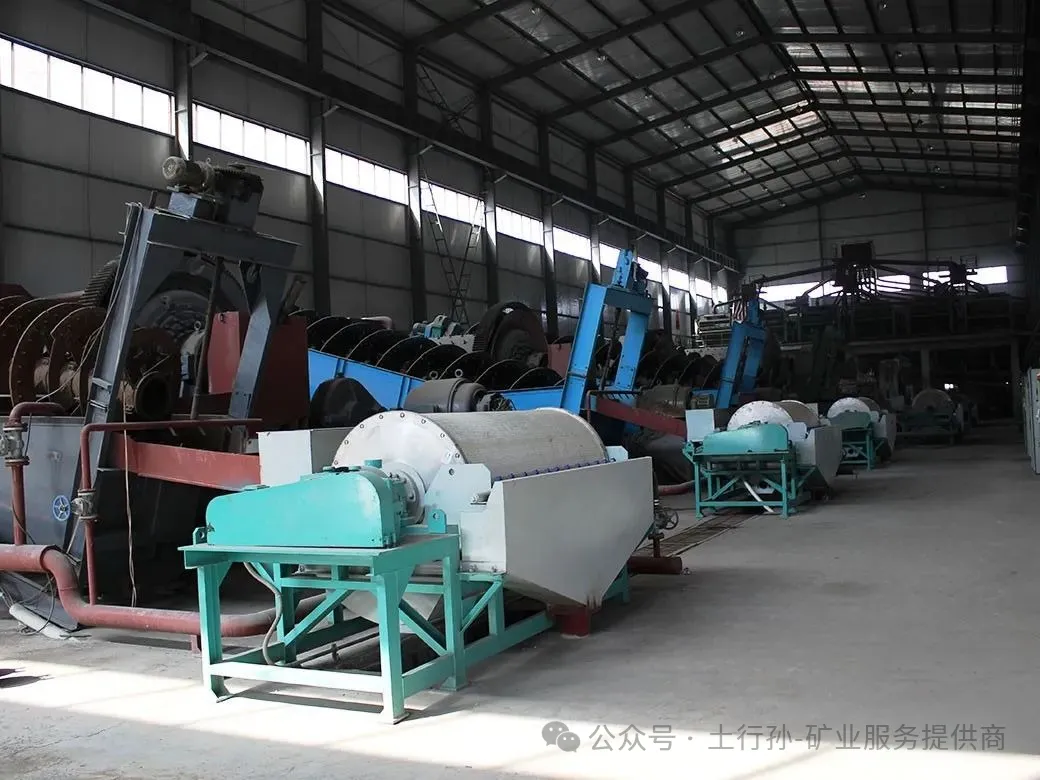
Copper, Lead, and Zinc Recovery
Flotation is widely used for the recovery of copper, lead, and zinc from gold tailings. Different flotation methods, such as preferential flotation, partial mixed flotation, and combined flotation, are applied based on tailings composition. For example, cyanide-treated tailings with high arsenic and copper content can be processed using selective flotation to suppress arsenic and recover copper.
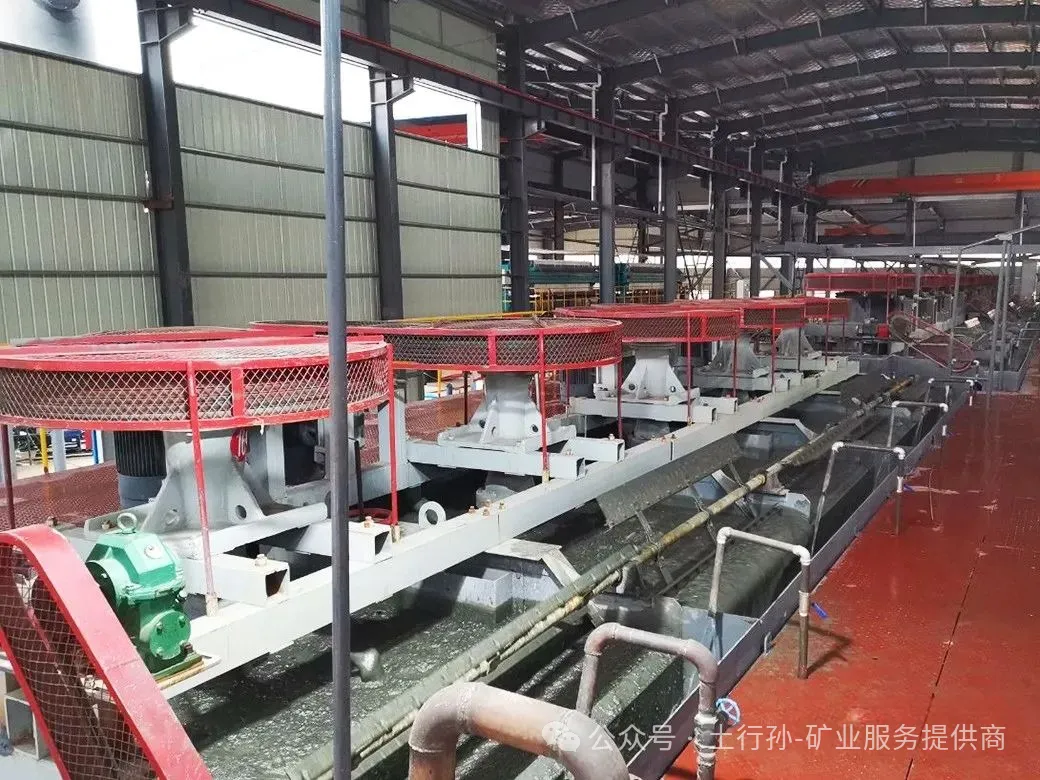
Sulfur and Iron Recovery
The recovery of sulfur and iron from tailings has gained importance. Iron recovery methods include weak magnetic separation, strong magnetic separation, roasting magnetic separation, and gravity separation, depending on the mineral's characteristics. For sulfur, flotation combined with gravity separation is often applied.
Non-Metallic Mineral Recovery
Non-metallic minerals, such as quartz and feldspar, account for over 90% of the content in gold tailings. Their recovery reduces the environmental burden of tailings storage while meeting industry demands for these materials. Quartz is commonly recovered through flotation, though its separation from feldspar poses a challenge due to their similar flotation properties. Several methods, including hydrofluoric acid separation and fluorine-free acidic media flotation, have been successfully applied.
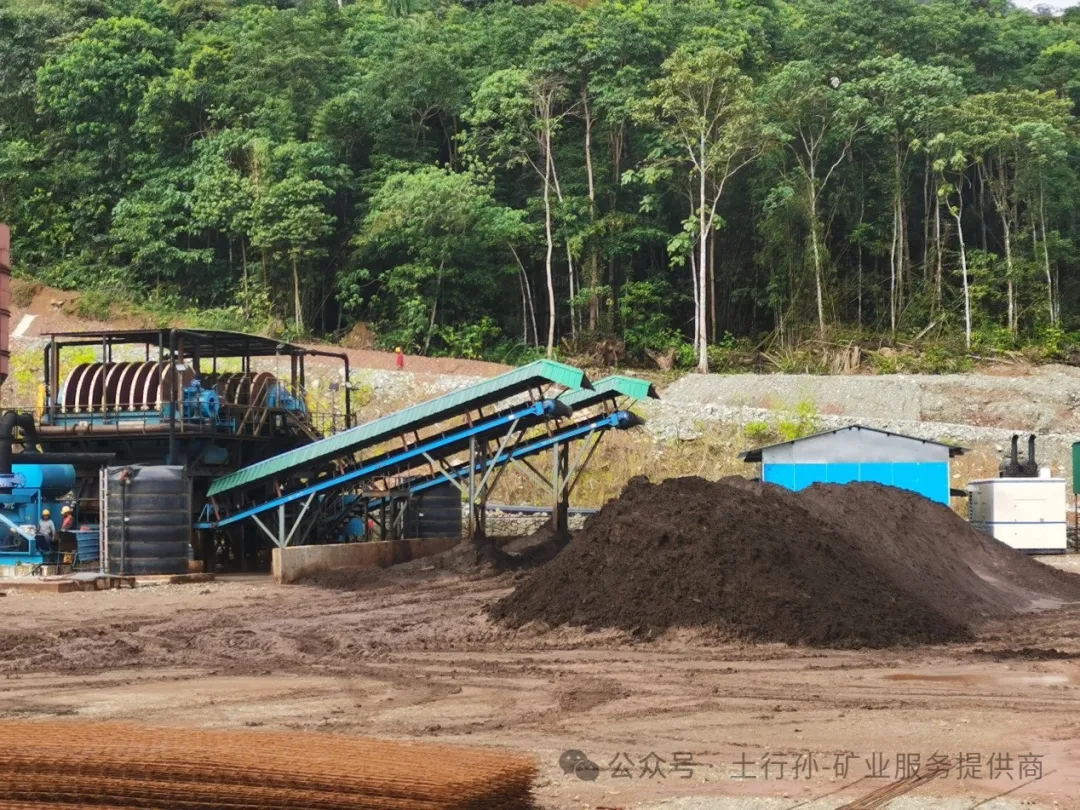
Conclusion
Gold tailings represent a valuable secondary resource with various recoverable components. By conducting mineral processing tests, suitable reprocessing techniques can be tailored for each case. TuXingSun Mining is committed to the sustainable development of mineral resources, continuously innovating and optimizing tailings reprocessing technologies to reduce environmental impacts while maximizing economic returns. We welcome inquiries regarding reagent combinations and tailings resource recovery solutions.
Tuxingsun Mining Equipment & Mineral Solutions
Email:[email protected]
TEL/WeChat/WhatsApp:+86 18092529083
Website:https://www.txsmineralmining.com
- Random article
- Popular articles
- Popular comments
- Lithium ore reverse flotation process
- Radioactive beneficiation and flotation process for uranium ore
- Zirconium Ore Separation: Gravity and Magnetic Methods
- Understanding the Manganese Ore Flotation Process
- Rutile Electric Separation, Magnetic Separation, and Gravity Selection Process
- Rutile Processing: Gravity, Magnetic, Flotation, Electric Separation
- Barite Gravity Separation Process Explained in Detail

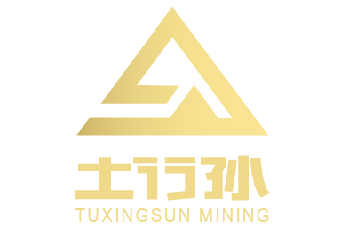
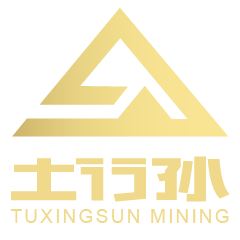

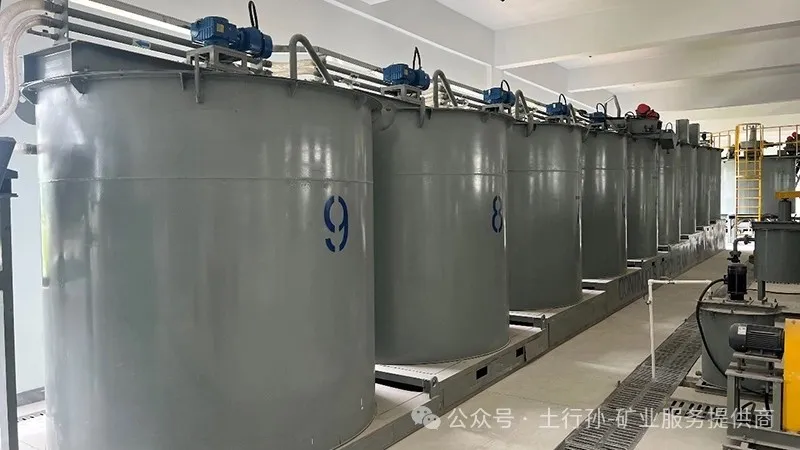
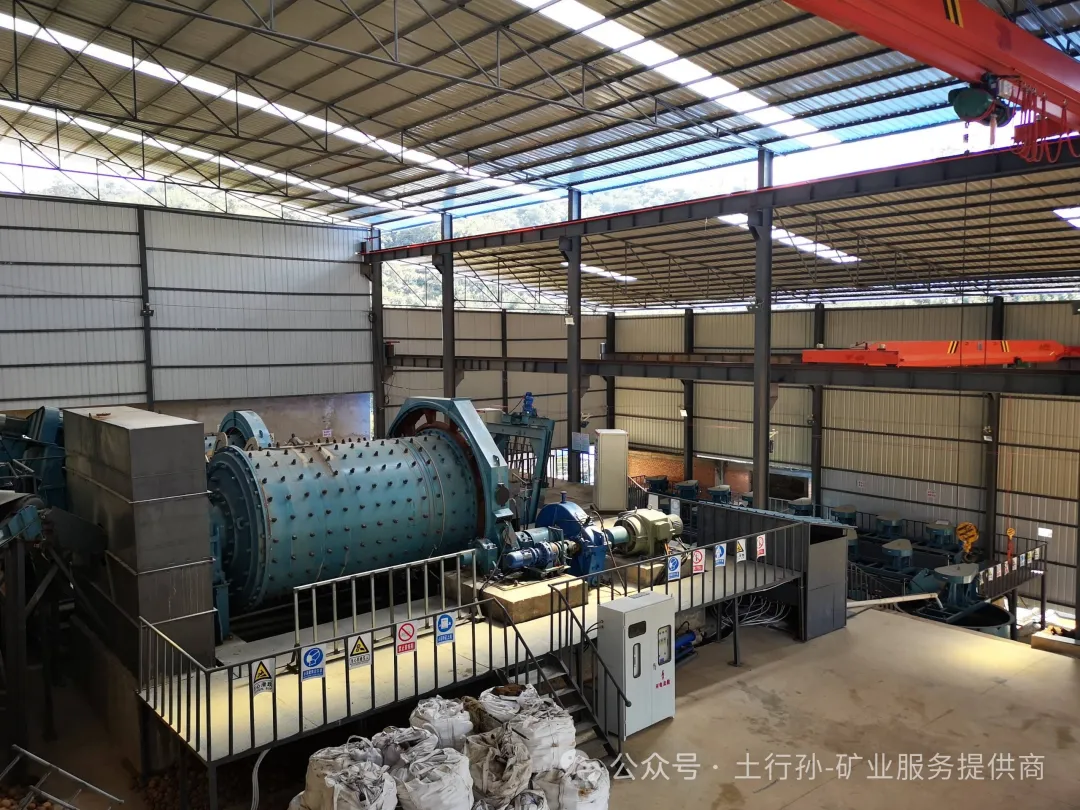
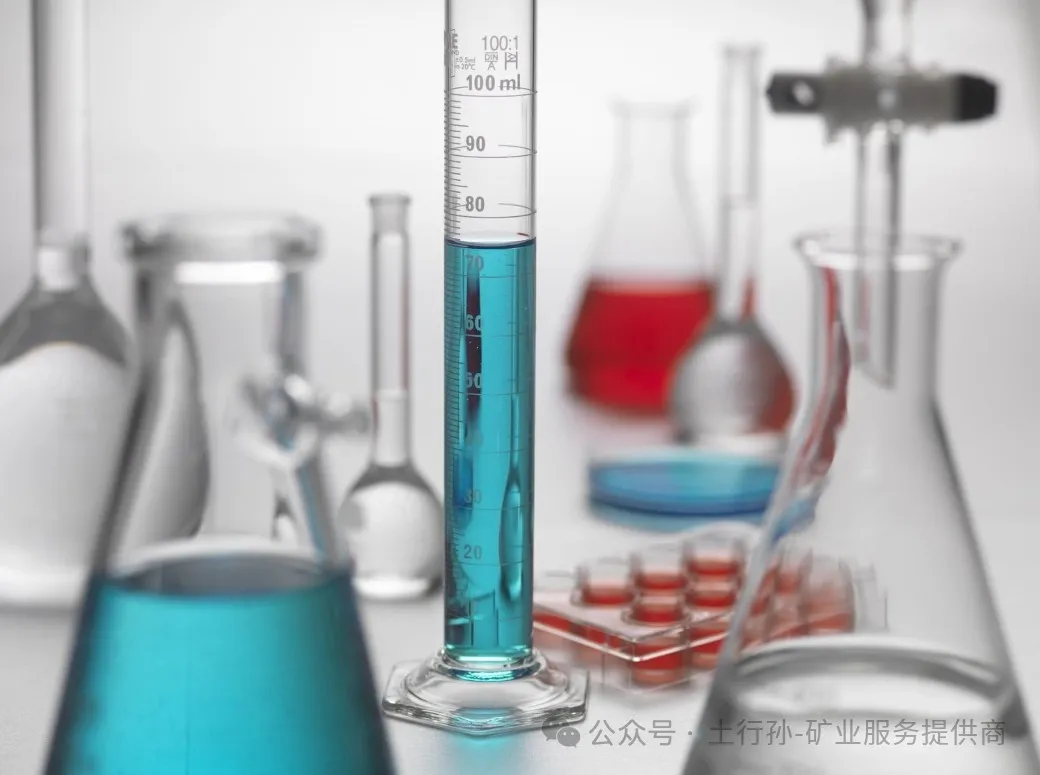
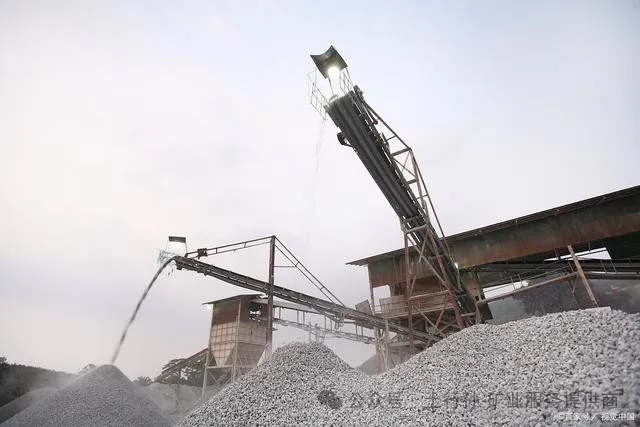

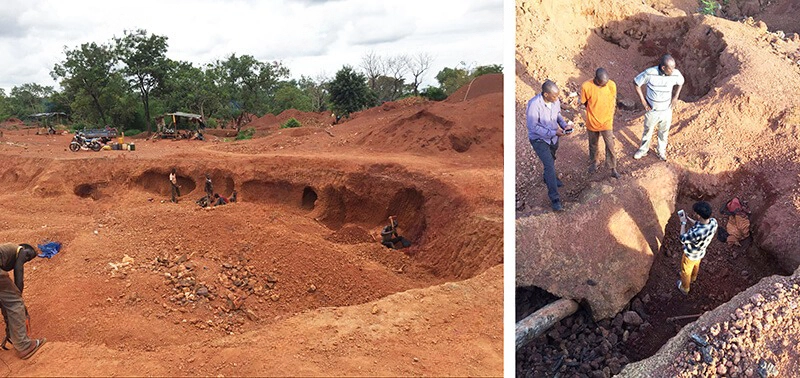
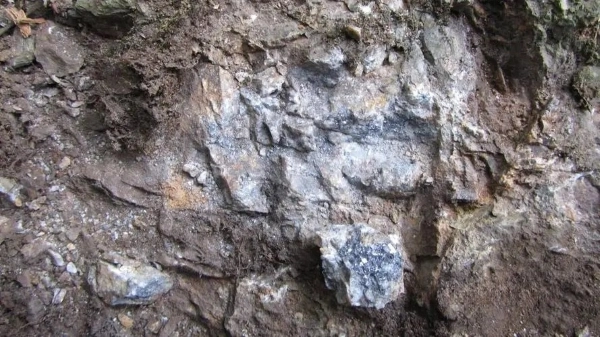
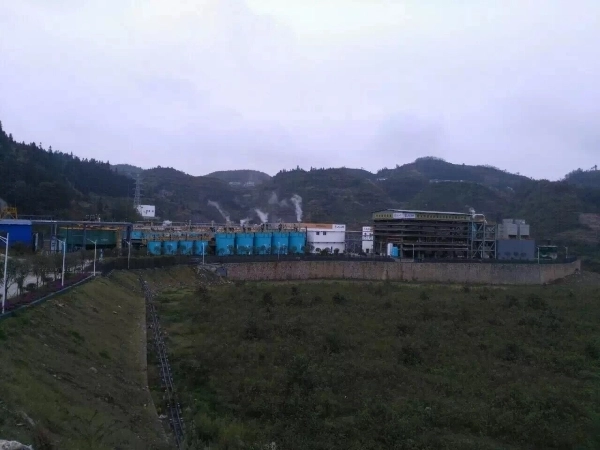

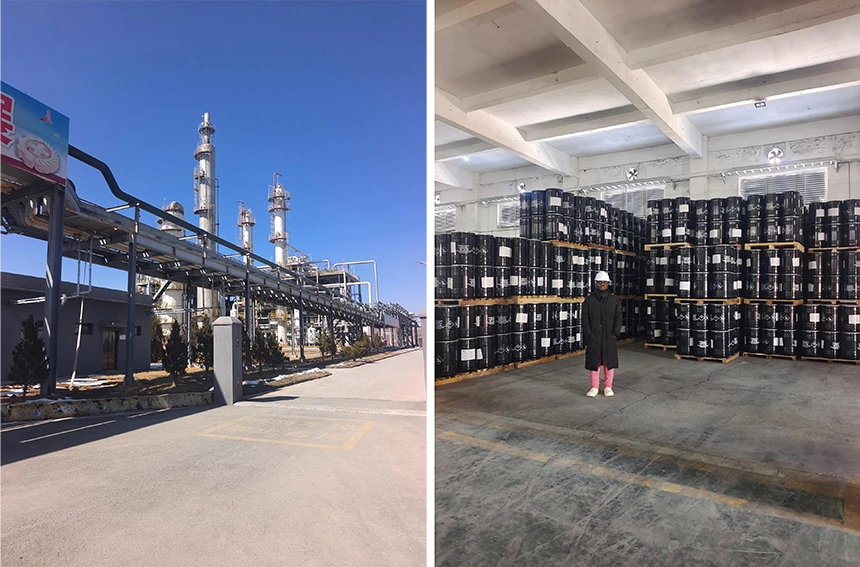

Leave a message with your needs or comments
Add comment: